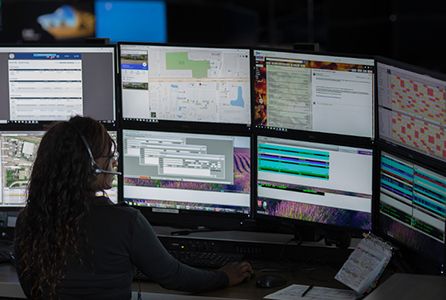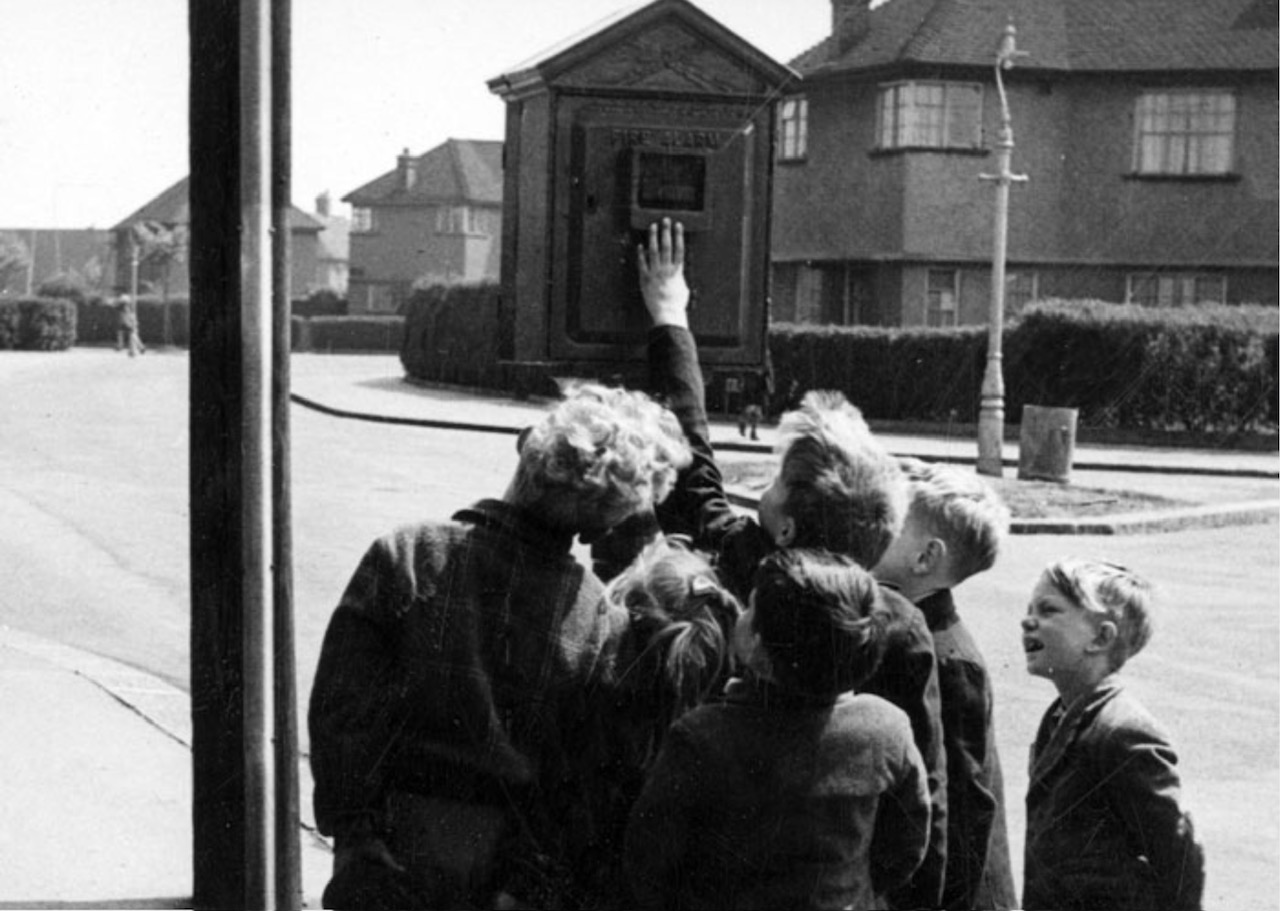In an era of rapid technological advancement, emergency control rooms must continually adapt and innovate to effectively serve the public. From the early days of basic landline calls, to the complex multimedia and digital interactions of today, control rooms have undergone multiple significant transformations in the past century – and there’s no sign of this trend slowing down any time soon. This ongoing evolution is crucial to ensure that emergency services can continue to provide timely and effective assistance, meeting the changing expectations and needs of a technologically-savvy society.
I sat down with Sara McDougall, a 17-year veteran of radio dispatch and call handling for Thames Valley Police, to give us more insight into how control rooms have changed since she started working in them – and where she sees call handling technology going next.
Sara, thank you for your time today. Could you tell us a little bit more about how you first got into this job?
I’ve done radio all my life – I was in the military before I was in the police. In those days, you couldn’t stay in the military if you were pregnant, so once I had my kids I took a step back for a while. After that, I worked as a civilian in the Air Force for a few years. Back in those days, you used to get jobs in the paper, and I saw a listing that said control room operator for Thames Valley Police – I thought well, I can do that!
And when you first started dispatching, what kind of technology did you use?
A lot has changed in control rooms since 2000. For example, we had hard phones on the desk – we’d sign into them with a PIN code to start and end our shift. We also didn’t have call stacks, so when a call came in, it was assigned to whoever picked up the phone first. And our CAD was incredibly basic, although it did the job.
However, some technology has stayed the same: we still had headsets, which were single- or double-eared. Most of us wore them one ear on, one ear off, so we could hear what was happening around us too. And you only need to be on the job for about three weeks before your ears start working independently!
How do you envision technology changing the way that emergency services answer calls for help in the future?
Fundamentally, I think it’s going to be led by the public. My generation is quite happy phoning 101 or 999, but young people are more comfortable with communicating online. As technologies change, we’re going to move into a WhatsApp-type messaging service. We’re going to do far more via chat. For example, I think 101 calls could definitely be transitioned to chat; I can only deal with one phone call at a time, but I can deal with four or five webchats simultaneously. So, from a resourcing perspective, I’m much better-equipped to deal with non-emergency calls online.
That being said, I believe that where possible, 999 calls should only be by voice because it’s quicker and safer – if you lose somebody on a chat, you might not know you’ve lost them.
Obviously, the most important stakeholders for control room software are the call handlers and dispatchers themselves. When agencies are looking for new vendors, how can they make sure their team’s opinions are being heard?
I think focus groups are the best way forward. You’re never going to get the same response from an entire team, right? Everybody’s going to have different views. So you do need a focus group to ascertain what works, what doesn’t, and what needs to be changed. I’m a big fan of the software supporting the process where possible, not the process adjusting to support the software.
I would also advise customers to review their requirements thoroughly before writing them up into a paper, and being open to meeting the objective without stipulating the steps that have to be taken. Technology is changing so quickly now, there might be better ways to achieve their aims that they aren’t even aware of.
Once an agency has bought the software, are there any considerations that supervisors should take into account when they’re bringing this next-generation technology into the control room?
Back when everything was on-premises, a control room would buy a solution from a provider and then that provider basically just left them with the software – so it’d be untouched until contract renewal. That meant everyone got very familiar and comfortable with the software. Those days are gone now; with cloud-based software, we can push out updates really rapidly and tailor the solution to an organisation’s exact requirements. But that means someone in the control room will need to test the new release, which organisations don’t always realise ahead of time.
When it comes to testing new releases, we’ve found that a rotational approach works quite well – so you have one call handler testing the software for a year, and then it falls to someone else the next year. It means that the effort is spread out over multiple people, but you still have consistency. And it’s also a good experience for the control operators, because they understand that their voice is important – first and foremost, our software actually needs to work for them as individuals, and it needs to work for them as an emergency service.
What about the vendors themselves? What kind of things should we be considering when we build and deploy new features, to better accommodate customers?
Sitting with end users and management is so important. And between those meetings, a good few of my customers have an electronic suggestion box, which works well too. In general, we as vendors need to be building much more secure software, because the younger generations are so tech-savvy.
Finally, Artificial Intelligence (AI) is a big topic in public safety technology right now. Do you see that being useful for control rooms?
Yes. Actually, one of the biggest ways I think AI could help emergency call centers right now is through language identification. Police forces in the UK all have access to a service called Language Line, which enables you to pull an interpreter into the call – but if I don’t know which language a caller is speaking, I might ask for the wrong interpreter. Additionally, I have to tell the caller to hold while I ask for the interpreter, and if the caller doesn’t speak English then they might not understand what’s going on. That risks them hanging up because they think I’ve abandoned the call. So what I think could be useful is using AI to identify the caller’s language, then sending a text in their native language explaining that we’re getting an interpreter on the line.
Another way AI could assist control rooms in demand management is by triaging non-emergency calls and using a virtual assistant – either via text or voice – so callers can autonomously resolve their own calls. That would free up operators’ time for truly pressing emergency calls.
For more information about our control room solutions, please visit motorolasolutions.com/guardian.




